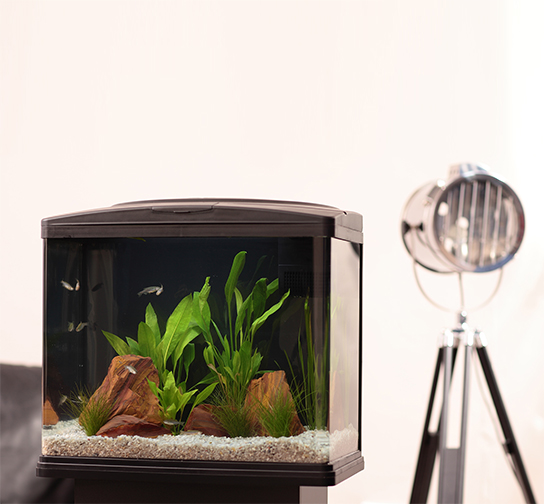How to treat a Visible Parasite in aquarium fish
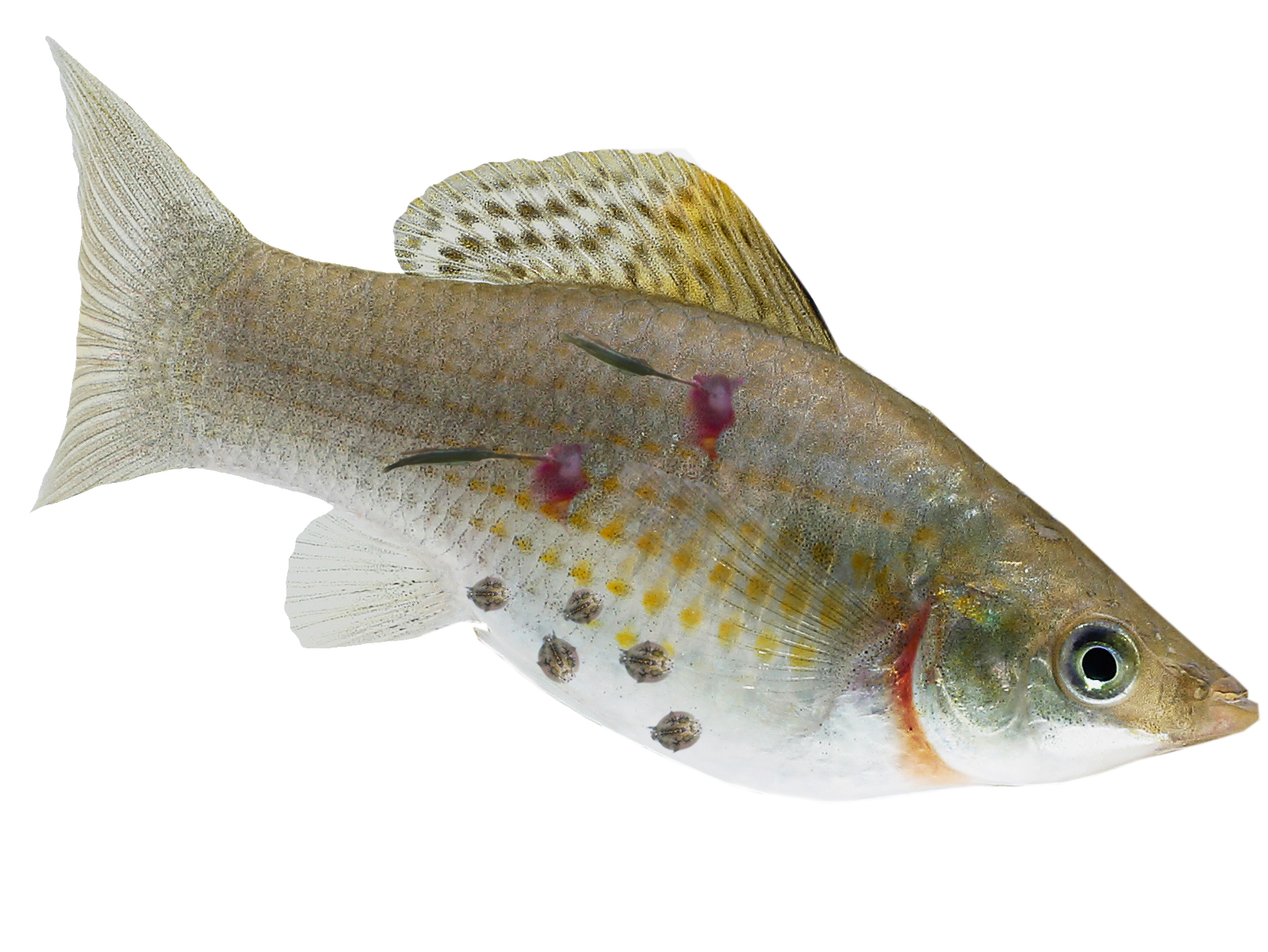
What does it look like?
- Crutaceans and leeches clinging to the fish
- Large visible parasitic creatures, worm or disc attached to the skin or fins
- Maggot like parasites visible on the gills
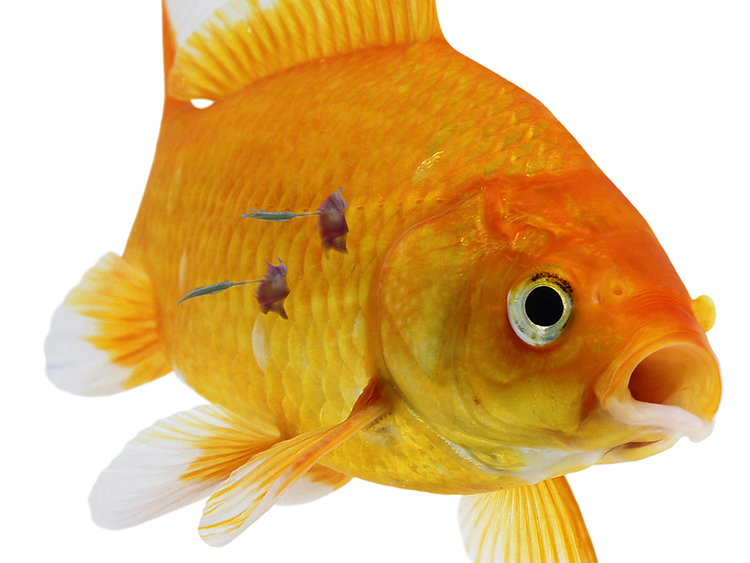
What are the fish doing?
- Acting irritable - 'scratching', jumping, twitching, shimmying
- Breathing or gasping at the waters surface
- Flicking against objects
- Gasping, rapid gill movement
- Red irritated areas on the skin
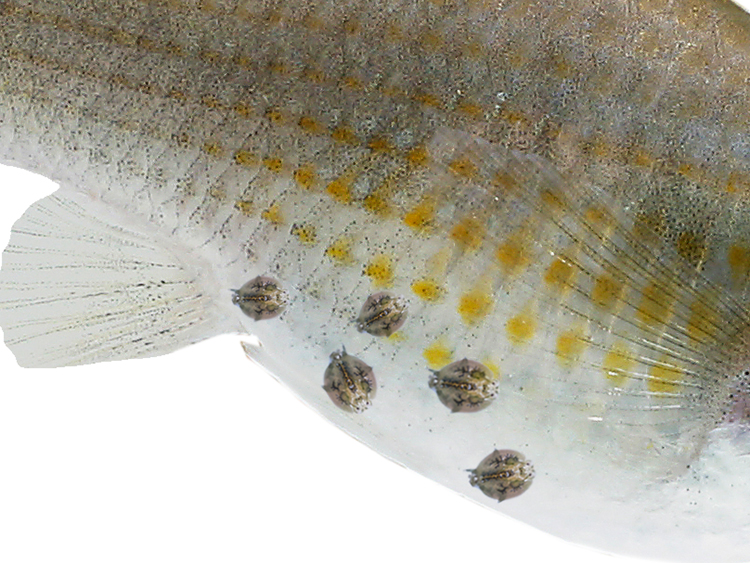
What should I do?
- You must be 100% certain of a diagnosis before using the Anti Crustacean Parasite treatment
- Test your water, this treatment cannot be used in aquariums with a pH lower than 6.5
- 7 days after treatment and a 30% water change, treat with Fast Filter Start to boost the bacteria in your filter
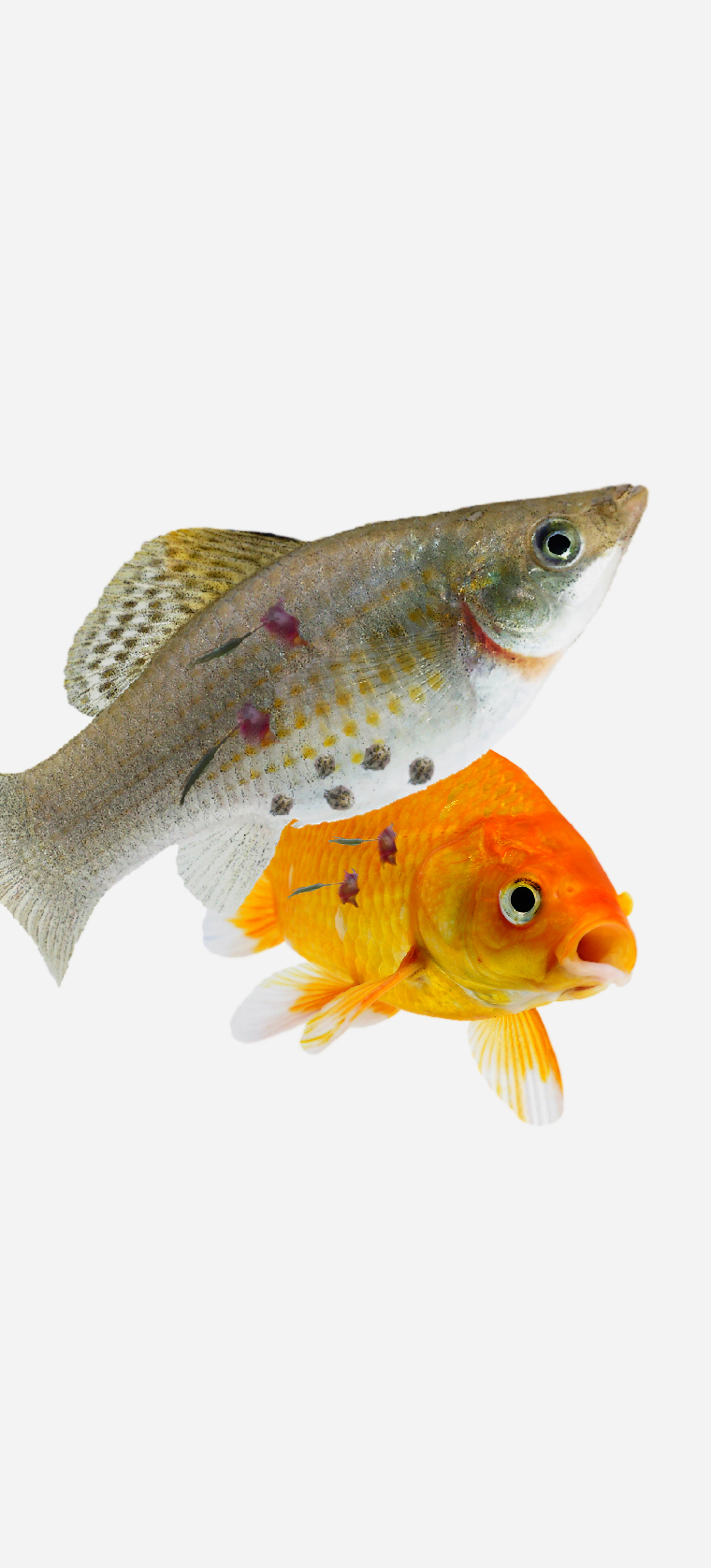
Why does this happen and how do I prevent it?
The most common forms of visible parasites are: anchor worm (lernea), fish lice (argulus), gill maggots (ergasilus), and fish leeches (psicicola) and if left untreated these parasites can cause life threatening damage. These parasites are relatively rare in aquariums and normally introduced with new fish or plants – carefully inspect any new fish and consider quarantining them before adding them to the aquarium.
Treatments of parasites are formulated to attack parasites at the weakest part of their lifecycle so accurate treatment must be done to ensure a successful treatment and recovery.
Note: it is important to be 100% sure of a diagnosis before treatment as medicines to kill visible parasites are very strong and will affect the biological filtration so require you to manage the water quality in the aquarium during treatment.
Key areas to consider and regularly monitor to prevent future outbreaks and aid recovery:
- maintain good water quality
- test your water regularly
- consider quarantine when introducing new fish to an established aquarium
What treatment should I use?
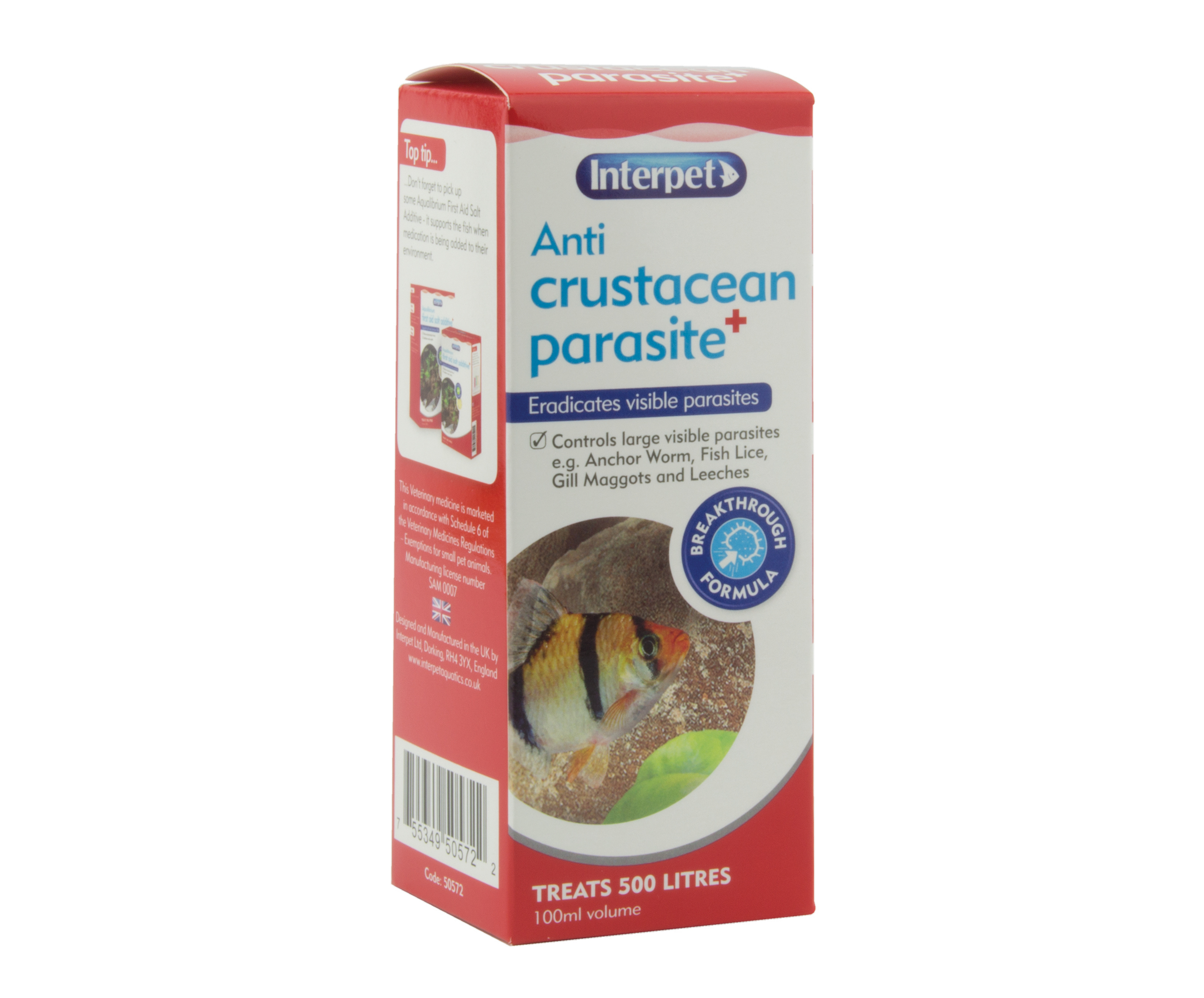
Anti Crustacean Parasite
Use with any of the above
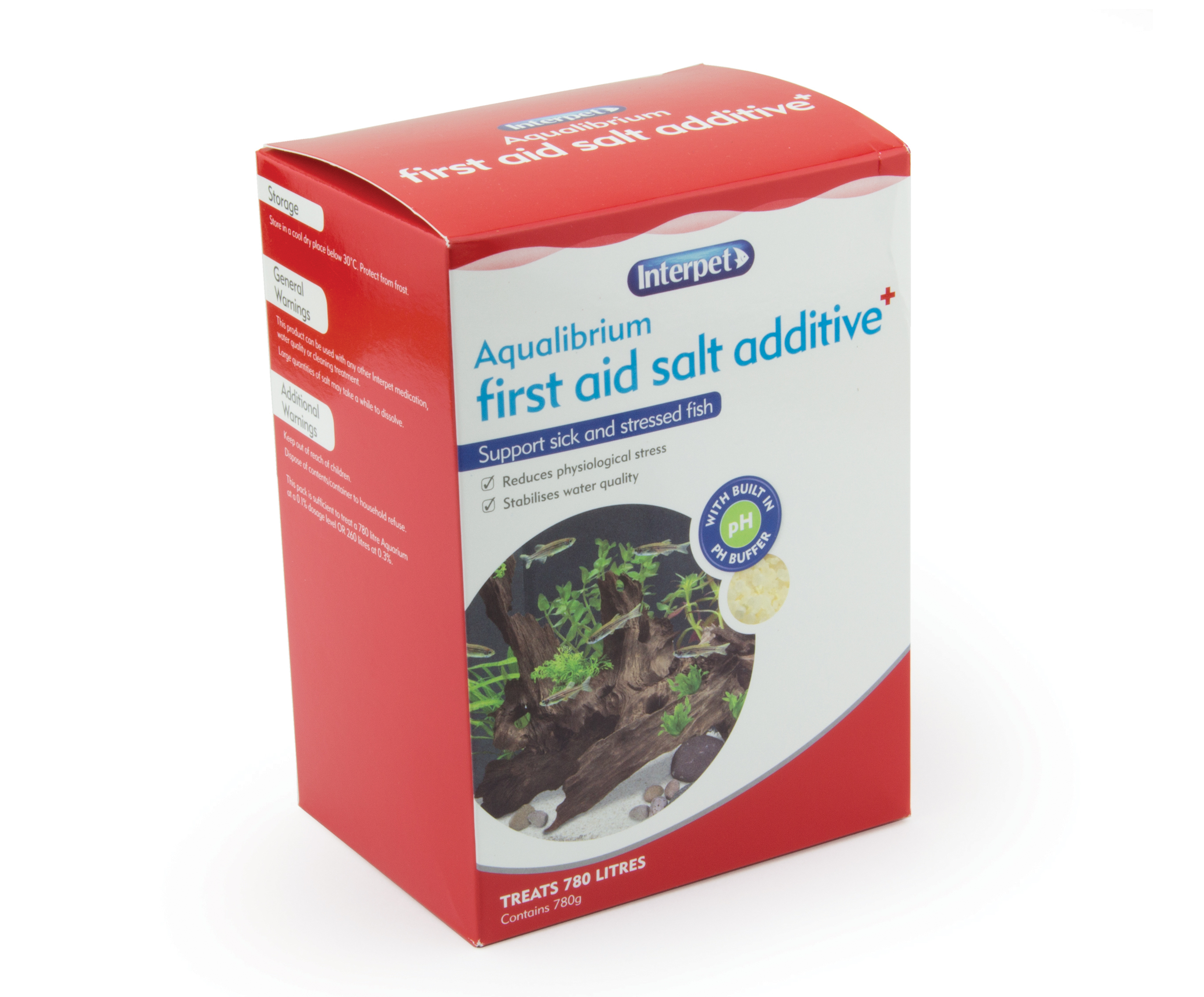
Aqualibrium First Aid Salt Additive
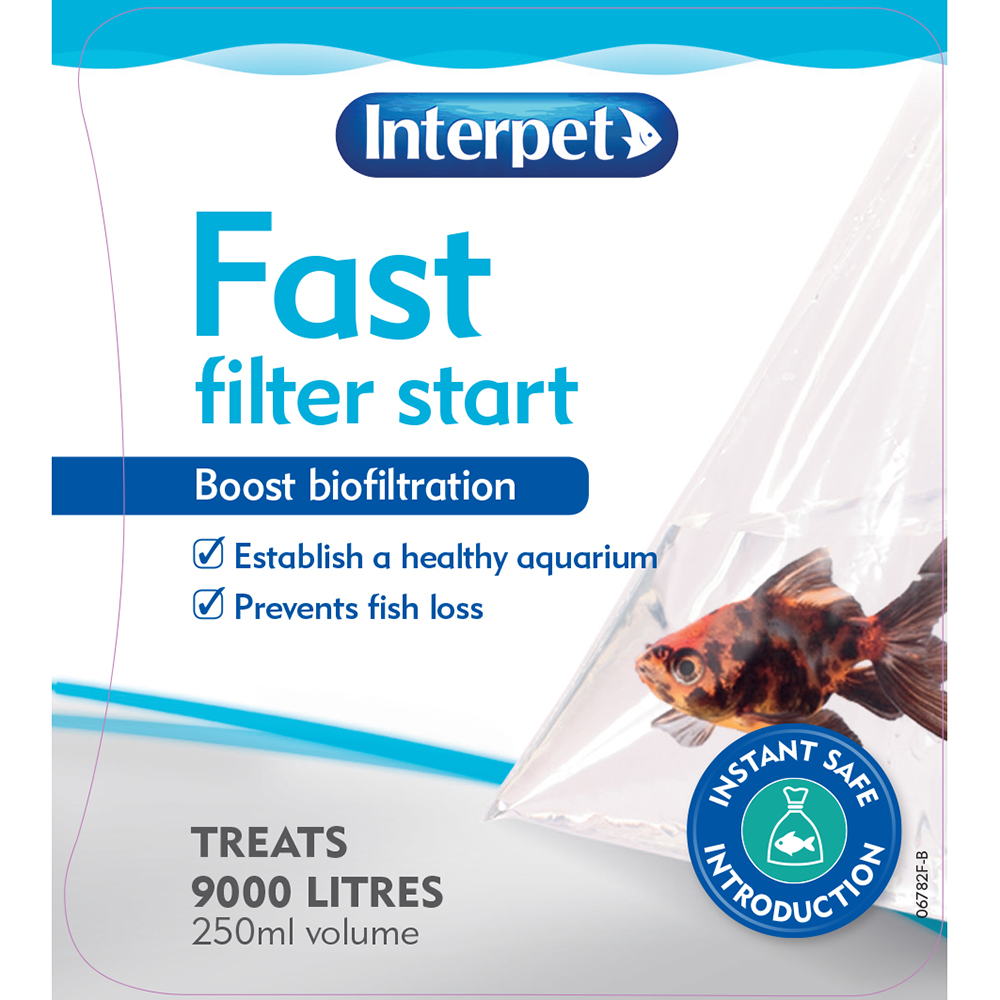
Fast Filter Start
Not what you are looking for? Back to Diagnose What's Wrong >


